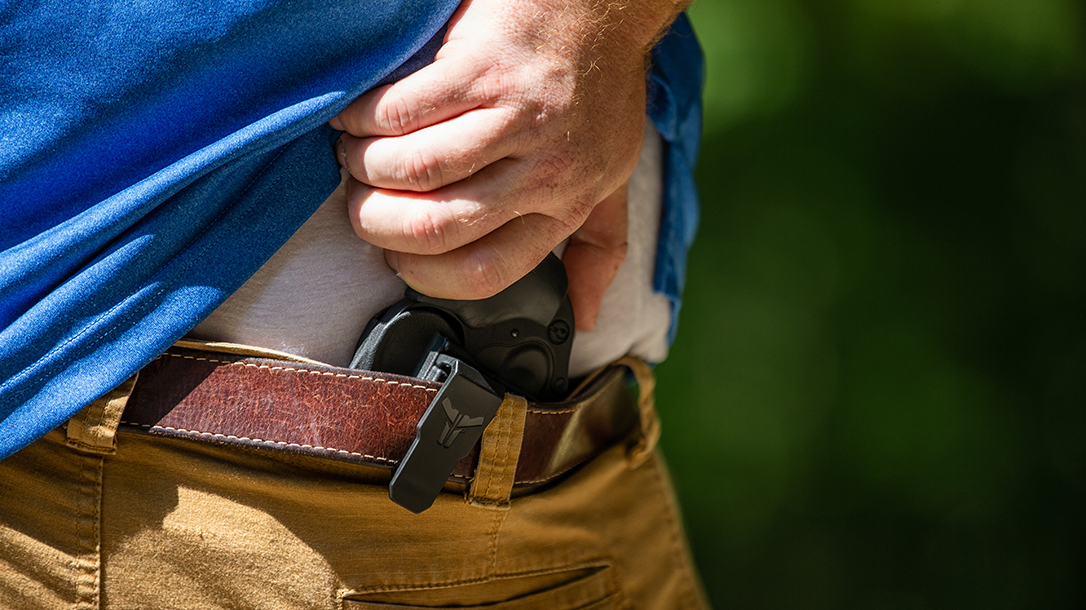Recently, a buddy of mine and I were talking all things concealed carry, and the subject of backup guns became a topic of conversation. Neither of us are law enforcement, and in his opinion, civilians don’t have a pressing need for backup weapons. His argument was that it’s the police officer’s job to engage and pursue criminals, and they have a much higher probability of needing a backup carry gun in case things go south.
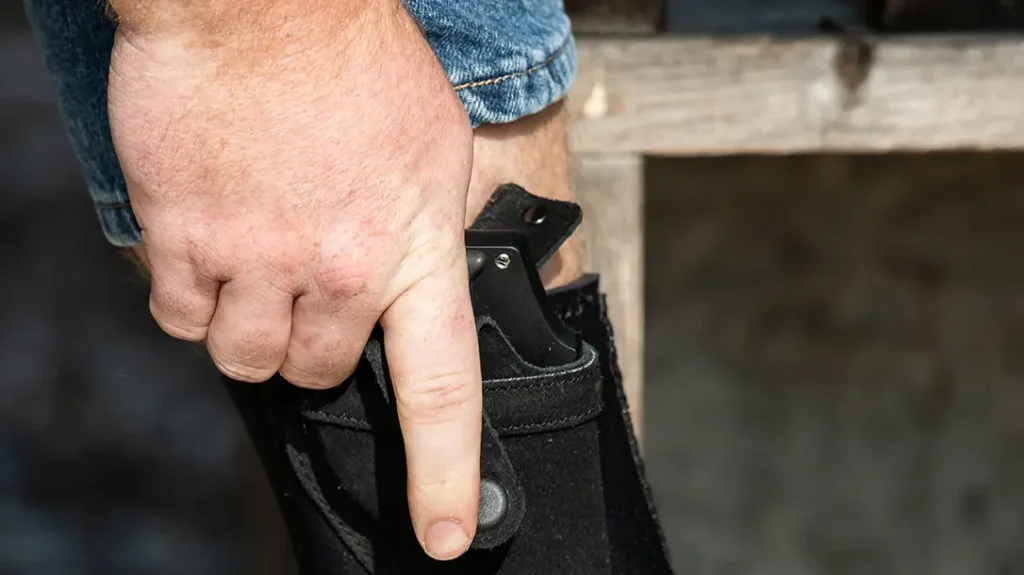
A Ballistic Insurance Policy – Backup Carry Gun
This outlook was a bit perplexing to me since I always believed that, as a concealed carrier, having a backup weapon was as natural and necessary as breathing air. On the surface, he was correct that cops have a much higher probability of getting into a gunfight than civilians, but if that was his reasoning, why did he carry a concealed weapon at all?
Advertisement — Continue Reading Below
While the police officer might have higher odds of getting into a gunfight initially, I would submit that once a fight has been initiated, the odds would level out as to whether a backup weapon is needed more by either a civilian or cop. In fact, I would posit that the civilian would have an even greater need for a backup weapon than the officer.
Police officers often work with partners that can serve as a human backup in a deadly encounter. Most civilians don’t have that safeguard as they go about their normal day. At the very least, a police officer, sheriff’s deputy or trooper can radio for backup during a stop or encounter and wait for that backup to arrive before engaging in any interaction—as well they should. For the most part, the civilian is on their own until the first unit arrives, especially in rural areas where response times are a bit longer.
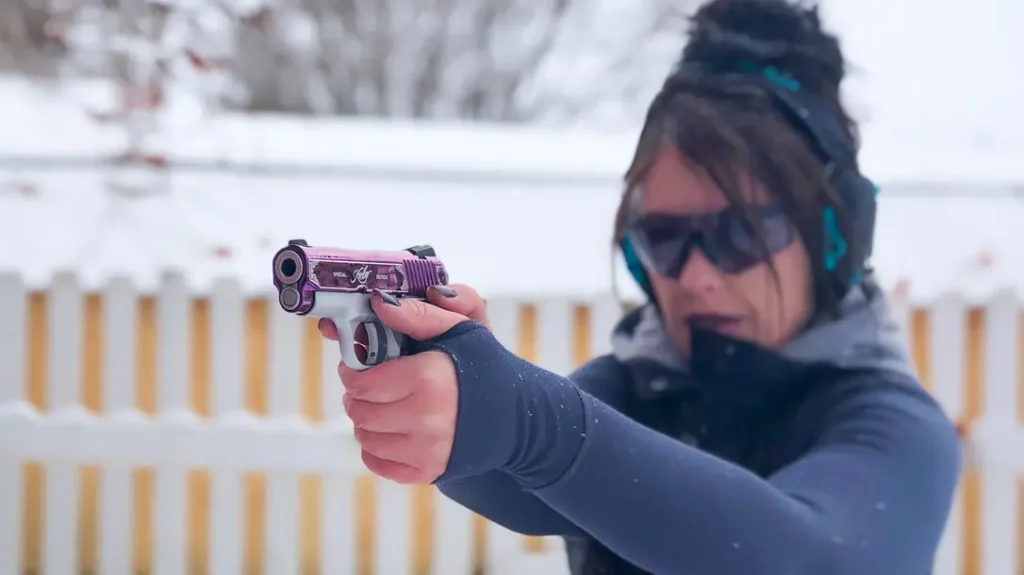
Advertisement — Continue Reading Below
Into The Fray
When shit hits the fan, there are some very real reasons why the average citizen should have a backup weapon in addition to their normal carry gun—if it is legal in their jurisdiction. First, the primary weapon can malfunction or become damaged in a fight, making it inoperable or difficult to safely get back into action. Similarly, the defender’s strong hand could receive injury during an encounter. Having a backup weapon that is accessible to the weak hand provides a last line of defense.
The concealed carrier could also lose control of their primary weapon, whether it was dropped in a scuffle or wrested away from them by the attacker. It does happen. Even cops have had their duty weapons taken from them in deadly encounters. The ability to access a second weapon could shift the odds back in the defender’s favor.
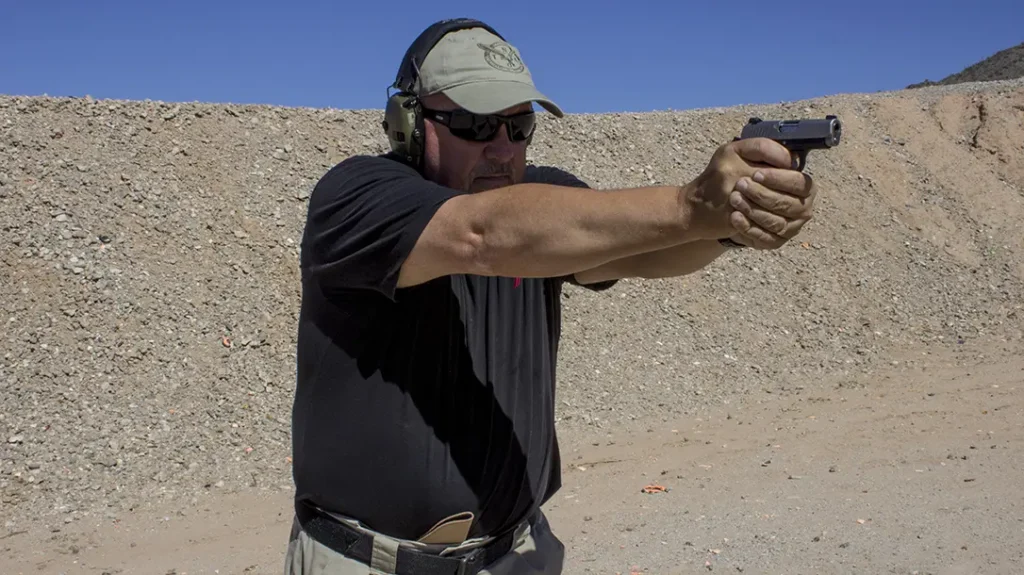
Advertisement — Continue Reading Below
Hand it Off
The ability to pass a backup weapon to a friend or loved one would be beneficial as well. This rare, but possible, scenario isn’t about arming allies and storming the castle, though more than one defender could change the outcome in a fight. Truthfully, if that individual was proficient with firearms and had the same mentality, then they would probably be carrying concealed themselves. It’s more about giving someone the last-resort ability to defend themselves if they are cornered with no way out, such as in an active-shooter situation.
Finally, sometimes the primary gun is not quickly or discreetly accessible. This could be the result of it being under a heavy coat during bitter-cold weather. A smaller revolver like the Smith & Wesson Performance Center Model 442 I recently tested could be easily carried in an outside pocket for fast access. Being able to quickly deliver an initial volley could buy the defender time to gain access to the primary weapon.
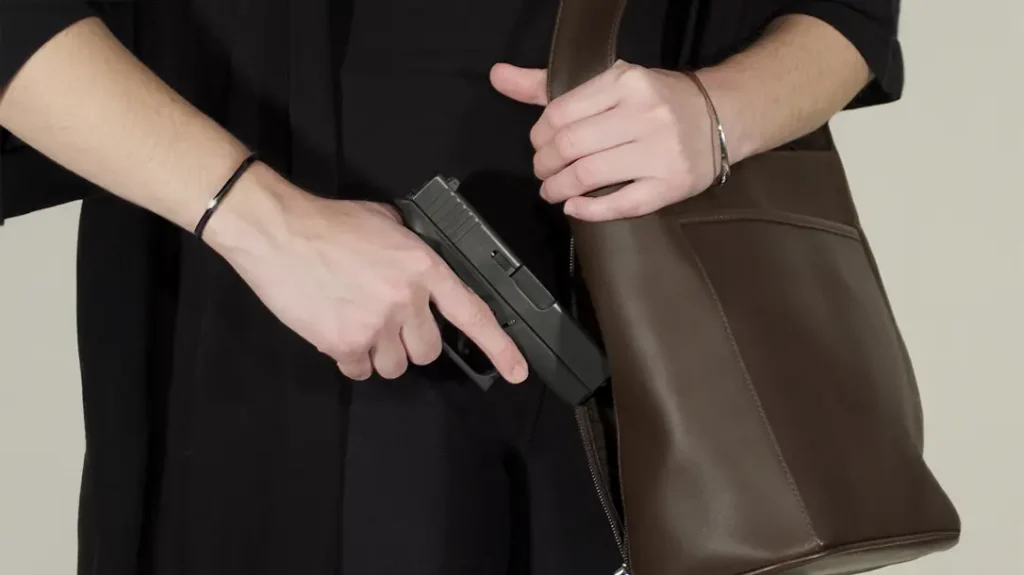
Advertisement — Continue Reading Below
The Hassle Factor
Admittedly, my “What does it hurt?” mindset about carrying a backup does run into some real every-day considerations. Some states do not allow CCW holders to carry more than one handgun for self-defense, so that should be the first thing to investigate before adding a backup to your carry gear. Also, anyone who carries on a regular basis knows it can be a hassle at times. What is carried on the person can change from day to day based on what type of clothing is being worn and the comfort of the carry rig. Size and weight are a consideration, not only for comfort but for concealability as well. Add another handgun to the mix and you’ve doubled the hassle factor.
Ideally, having an exact duplicate of the primary weapon as a backup would be the perfect solution because of familiarity and ammunition interchangeability. However, if the primary weapon is any larger than a subcompact, that’s just not going to be an option for 99 percent of people. The backup weapon is usually going to be smaller and lighter, otherwise it will probably get left at home.
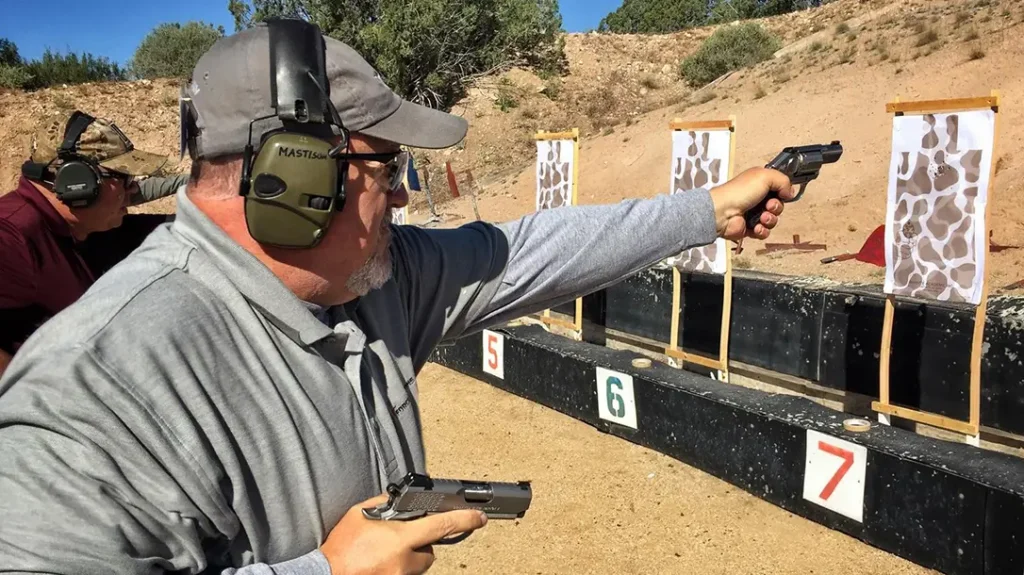
Advertisement — Continue Reading Below
Interchangeable Magazines
Some pistols like the Glock 26 or CZ P-10 S are subcompacts that can accept the magazines from larger models like the Glock 19 or CZ P-10 C, respectively. These are excellent considerations for the dedicated concealed carrier. However, because of that ability, they are still going to be fairly sizeable in their own right, and most folks won’t want to carry that much extra weight.
No, for most concealed carriers, the backup gun will usually be smaller, and in many instances, will often shoot a less-potent cartridge like the .38 Special or .380 ACP. However, because of technological advances, more and more sub- and micro-compact pistols like the Sig Sauer P365 and Kimber EVO are being offered in 9mm and larger calibers, helping to increase the effectiveness of backup guns overall.
Things To Consider
If you’re thinking about purchasing a backup pistol or revolver, the savvy consumer will do their research and consider certain questions:
Advertisement — Continue Reading Below
- How will it be concealed with normal clothes?
- What changes to your attire are you willing to make?
- What’s your minimum acceptable caliber?
- What’s your minimum capacity for peace of mind?
- What ammunition offers the best performance for the caliber?
- Will you carry on your strong or weak side?
- Can you manage recoil for regular practice?
- Can you fire from a coat pocket?
Those are just examples. But just by asking and answering certain questions up front, you’ll make a better buying decision. You will probably save money as well. For instance, if there’s a chance the backup will be regularly carried in a coat pocket in cold weather, a hammerless revolver like the Ruger LCR would be a good option. There’s no hammer to snag in the pocket. If fired from inside the pocket, it won’t jam like a semi-auto. There’s no room for the slide to cycle.
Another example is knowing in advance whether it will be carried on the weak or strong side. For the right-handed shooter, just about any semi-auto pistol will handle just fine. However, if the backup will be carried on the weak side, it’s good to know that in advance. Many pistols don’t feature setups for easy left-hand manipulation. Plan ahead and know those details to pick out the right tool for the job. For example, the CZ P-10 S has a slide release on both sides, and the magazine release is reversible.
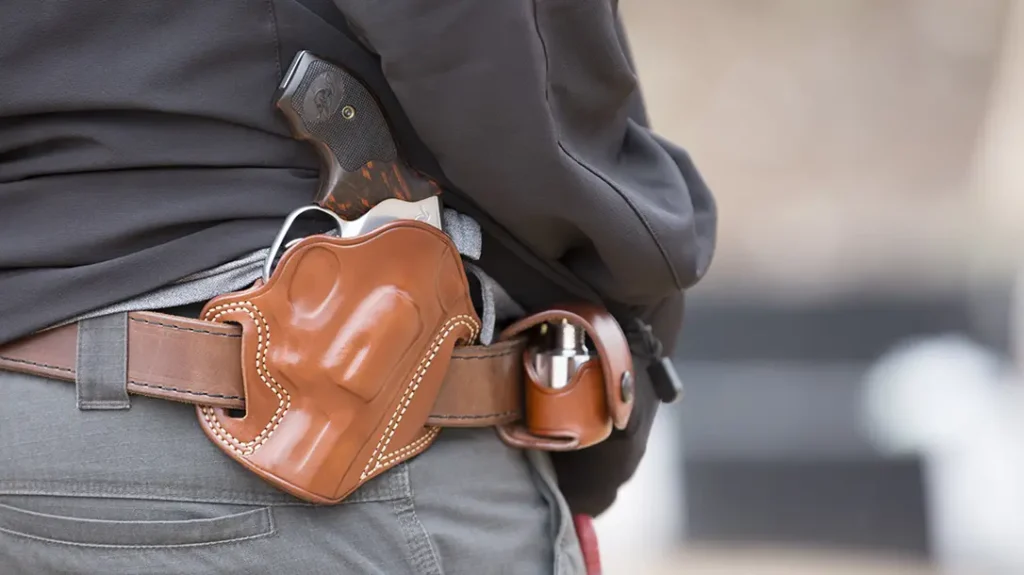
Advertisement — Continue Reading Below
Caliber Choice
Of course, the caliber is extremely important, but not just for the reason you might think. Yes, a fight requires a suitable fight-stopping caliber. With the high-quality micro-compact 9mms hitting the market, the 9mm has become my de facto caliber floor for semi-automatic pistols. On the rare occasion I wear extra-light clothing, I might have to settle for my .380 LCP II. Don’t get me wrong, it’s a great pistol for what it is, but it’s a .380. I’ll only carry the LCP II with ammo like Underwood’s 90-grain Xtreme Penetrator rounds. These rounds use a solid-copper bullet that travels 967 feet per second from my LCP II. It creates a substantial wound channel while delivering excellent penetration. If I’m not confident in what I’m carrying, then I’m changing clothes.
The other side of the caliber question is whether or not the user can handle the recoil of more powerful cartridges. Not only do they need to control the firearm during defensive fire, but they must be able to practice regularly enough with the firearm to develop real proficiency. If it hurts to shoot, then it won’t see much time at the range.
Again, this is where advanced planning pays off for the consumer. Before making a purchase, it would be worth the time and effort to rent the handgun at a range. See how it handles and experience the recoil impulse. Put simply, there is a vast difference in the recoil of a full-sized, all-steel 1911 in .45 ACP from a polymer-framed subcompact in the same caliber.
Advertisement — Continue Reading Below
Before It’s Too Late
For the responsible concealed carrier, a backup weapon can be a thoughtful and important upgrade to the user’s EDC gear. Deploying a backup gun means something went wrong with Plan A. The concealed carrier should approach training with their chosen weapon with that thought in mind. Practice just as much and as hard as with the primary weapon.
Whether nor not the individual CCW holder carries a backup carry gun is a personal choice. But it’s a choice that should be made with informed consideration. Certainly, there’s a lot to factor into the decision. But considering the impact that decision could have one day in the future, it’s well worth the time to gather the information and at least start asking the right questions.
